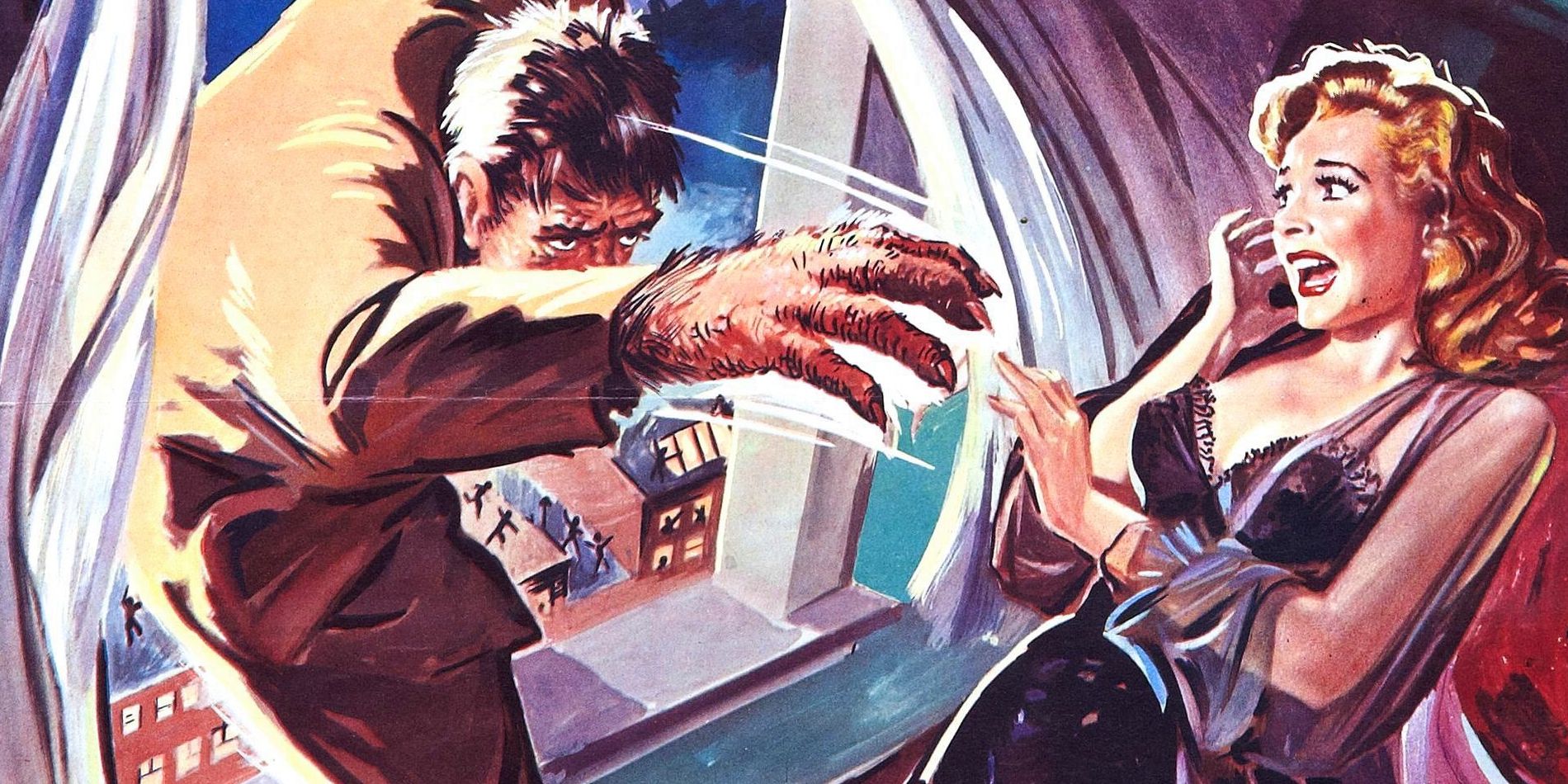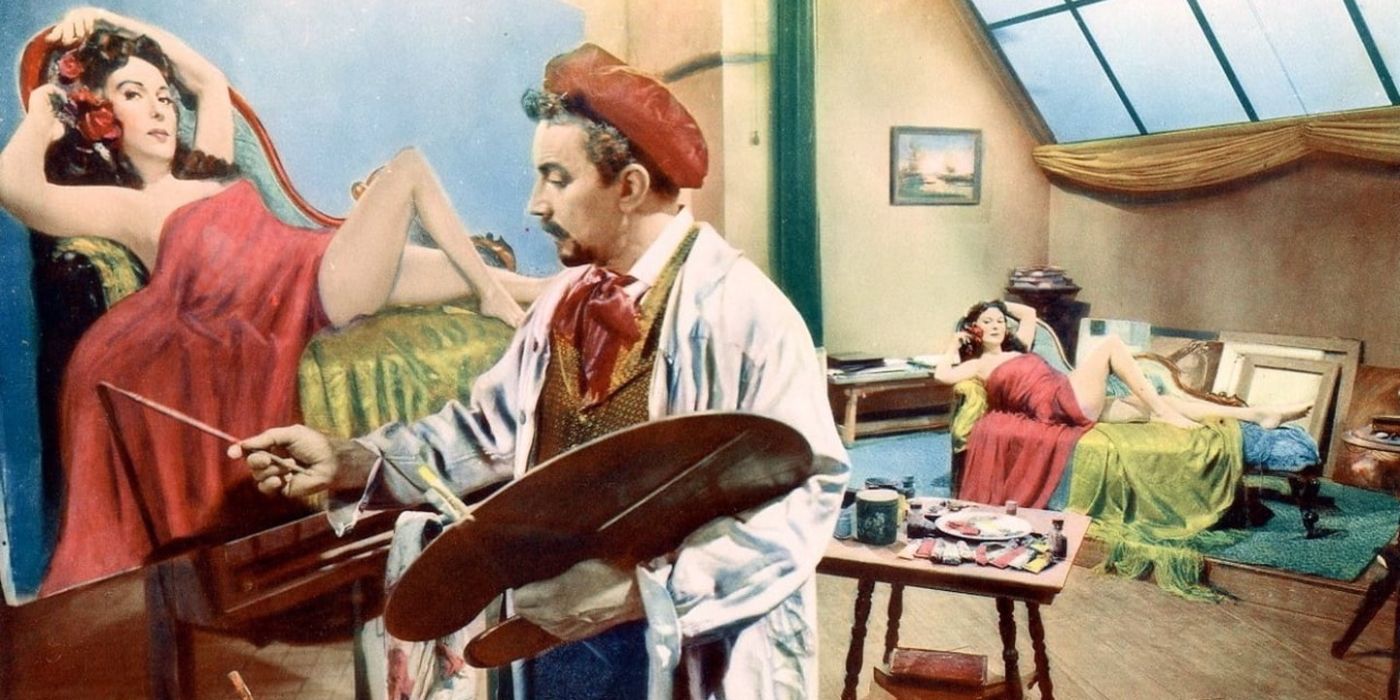Phantom Of The Rue Morgue marked the beginning of the end of the 3D movie craze of the 1950s. The so-called Golden Age of 3D kicked off with the success of 1952's Bwana Devil, which was based on the real-life Tsavo Man-Eater lion attacks of the 19th century, which later provided the basis for 1995 Stephen Hopkins adventure The Ghost And The Darkness. By the time the movie was released the rise of television had seen movie theatre attendance plummet, so Bwana Devil's then-groundbreaking use of 3D - or Natural Vision as the movie dubbed it - saw the film become a huge hit.
This led to a short but intense burst of 3D movies arriving in cinemas one after another, including It Came Drom Outer Space, Creature From The Black Lagoon and Hitchcock's Dial M For Murder. However, the costs and technical issues associated with projecting 3D films, in addition to waning audience interest, saw the fad die out within a few years.
One notable 3D feature released during this period was 1954's Phantom Of The Rue Morgue, based on Edgar Allan Poe's story "The Murders In The Rue Morgue." The movie starred Karl Malden, Patricia Medina and Marv Griffin, and revolves around a grisly spate of murders in Paris. Anybody who has read Poe's original work will know the big twist surrounding the killer's identity, and the movie is considered a solid and atmospheric adaptation, but ultimately somewhat forgettable.
Warner Bros had high hopes for Phantom Of The Rue Morgue, as the previous year's House Of Wax - which made Vincent Price a horror icon - had been a gigantic success for them. Sadly, Phantom Of The Rue Morgue grossed considerably less than House Of Wax and signaled to studios the popularity of the format was already on the decline.
Several 3D movies were released following Phantom Of The Rue Morgue, with Creature From The Black Lagoon sequel Revenge Of The Creature from 1955 commonly considered the end of this era. Of course, the popularity of the 3D format would rise and fall in the decades that followed. The 1980s saw another short-lived burst that led to films such as Friday The 13th Part III and Jaws 3D before it fizzled out. James Cameron's Avatar was an enormous success in 2009 and again led to a resurrection of the format, but the increased ticket costs combined with a lot of lackluster post-conversion 3D films - with Clash Of The Titans being the most obvious - again saw the format go into decline.


